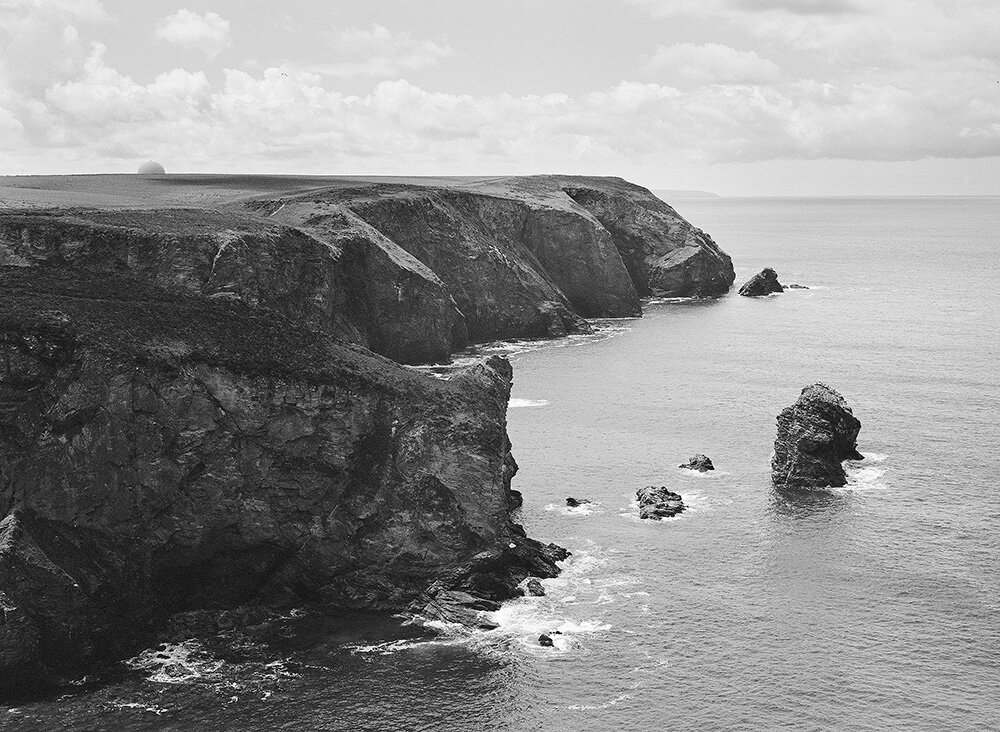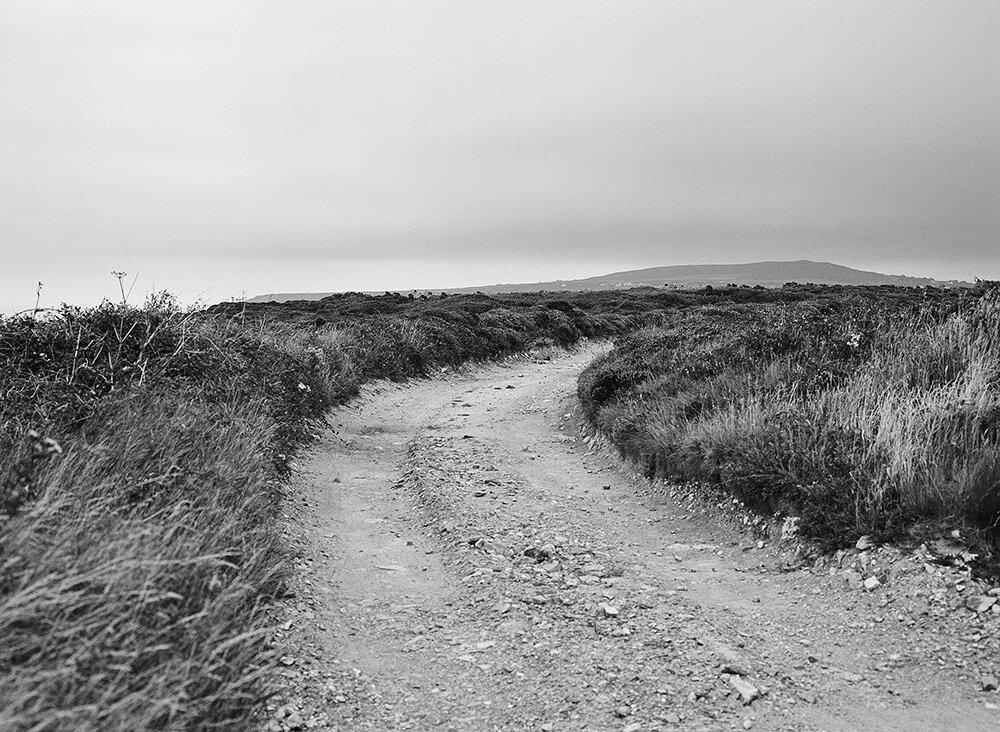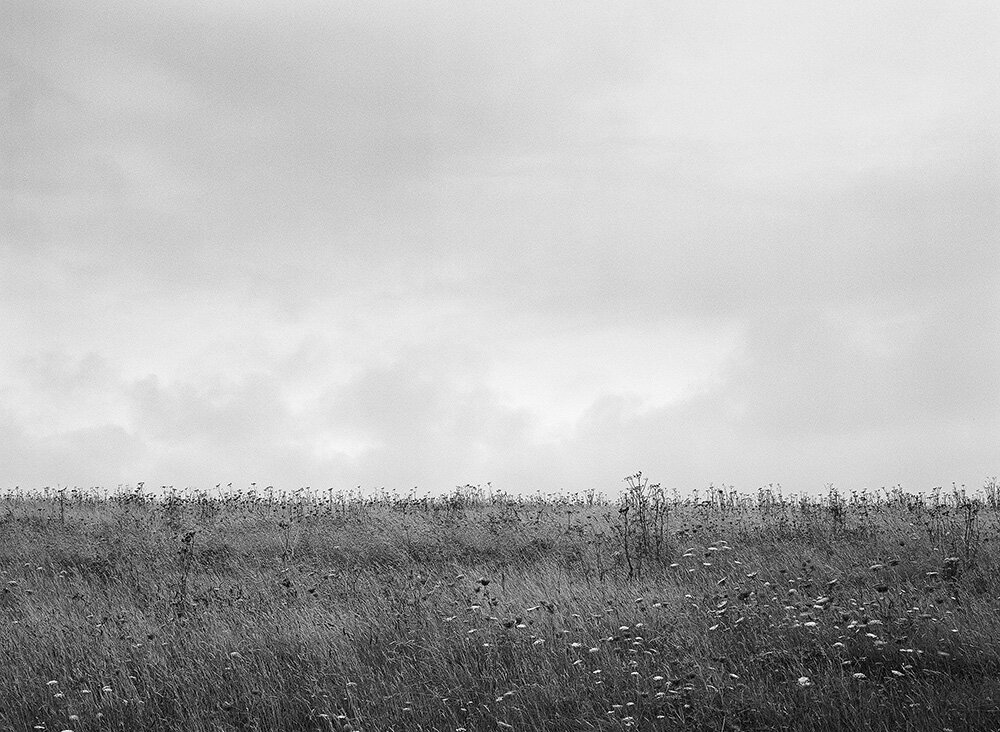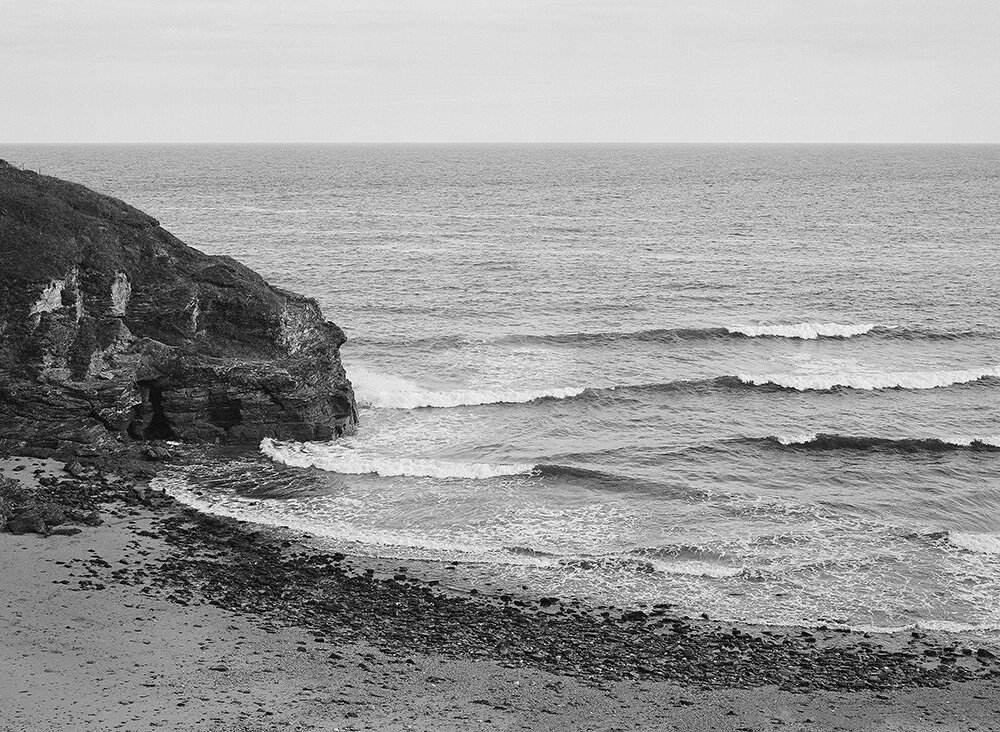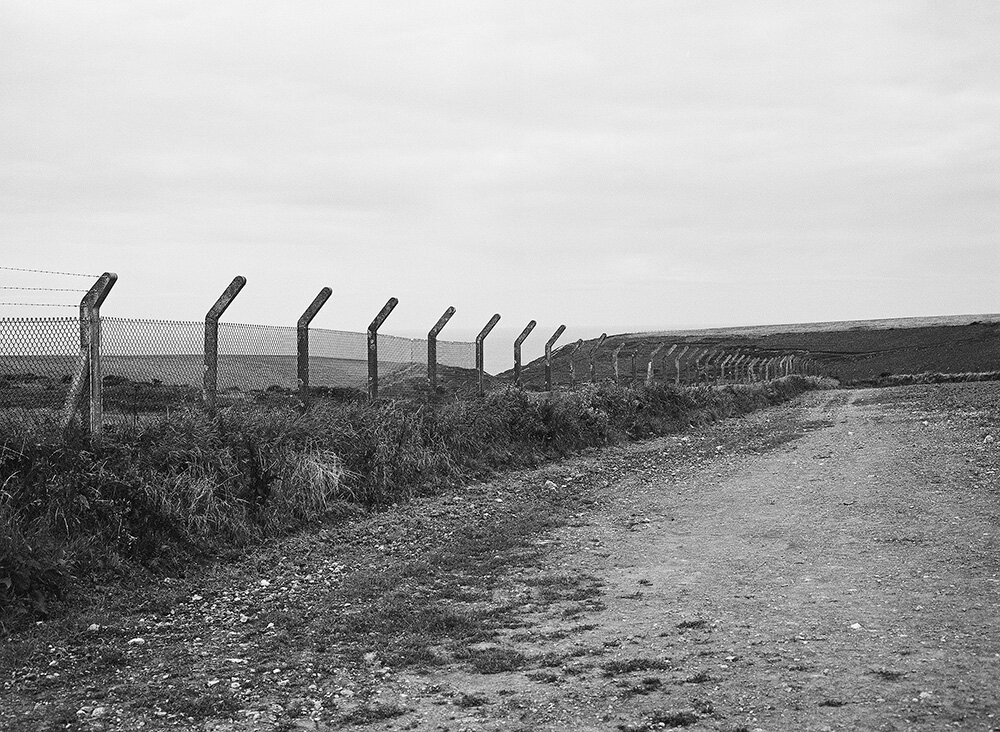Three Cornish Landscapes
/By Richard Skinner:
i. Over Mevagissey Harbour
from pitch-black night
the first to encroach
the horizon
a strip of milk-blue
seeping in minutes
into electric cobalt
then comes peach
bleeding into pink-white, thus
re-enacting day
growing, glowing light
develops the harbour
spots of red & orange buoys first
then boat names, shop fronts
no clouds yet manifest
the last to drift from
darkness—
the gift of granite
& gneiss
*
ii. At Chapel Point
Or sun rising
is a bath of
golden acid,
pure voltage, it
baffles us with
its infinite patience,
the great silence
yellow turns to blue
the day peals by
autoharp of light
later
curtain of winter
light, stopped
(hush/bloom)
into the simmerdim,
solvitur ambulando—stride side by side
into the west
Come
*
iii. Polkerris Bay
coming down
off the cliff
through the trees
a bundle of stone buildings
tantalise below
the setting sun
scintillates
through a tangle of
miraculous leaves
and the whole scene
is an abstract painting
of green on red
the wood spews us out
onto the beach
the small bay is a tight curl
with one harbour wall
tiny waves break like ripcords
on virgin sand
there is no depth, everything is on a flat surface
the bright sky is a pulsing membrane
the kettle drum sun
hums and all the world
could plunge into it
at any moment
***
Richard Skinner has published six books of poems. His next collection, White Noise Machine, is out with Salt in June 2023. A great deal of his work has to do with his love of long distance walking and a sense of place. He and his wife spent December 2022 on retreat in Mevagissey, where these poems were written.







